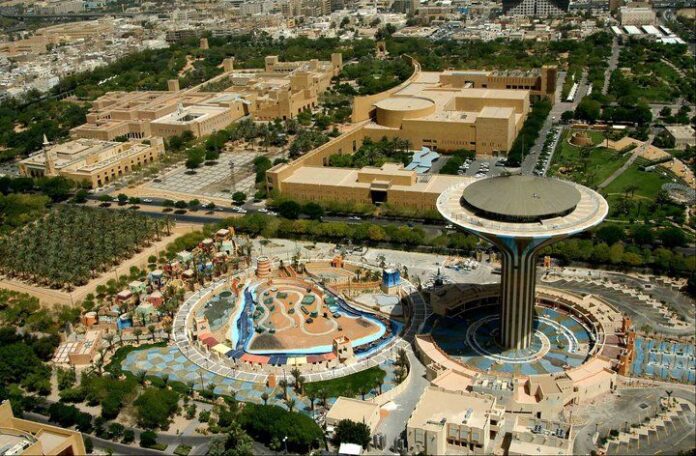Saudi Cultural Tourism 2030: Integrating heritage conservation with business to drive economic growth
Saudi Arabia’s ambitious economic transformation under Vision 2030 is creating a unique synergy between cultural heritage preservation and business growth. By investing in both, the Kingdom is not only safeguarding its rich traditions but also stimulating sectors such as tourism, craftsmanship, and hospitality, paving the way for sustainable development.
Central to this transformation is the focus on cultural tourism projects, such as the revitalization of AlUla and Diriyah, which are breathing new life into historically significant sites and providing a platform for economic development. With these initiatives, Saudi Arabia is effectively blending the past with the future, ensuring that its cultural richness becomes a springboard for a diversified economy.
Saudi Cultural Tourism 2030 is a key component of Vision 2030’s Quality of Life Program, which projects the cultural sector will contribute over $47.9 billion to the national GDP by 2030. Crown Prince Mohammed bin Salman has stressed the importance of fostering national pride through cultural development, driving global progress across economic, environmental, and cultural sectors.
The Kingdom has already made significant strides, as reflected in the Ministry of Culture’s 2023 annual report. The sector has far surpassed its targets, employing over 216,000 people, double the original goal, and increasing cultural event days from a target of 2,093 to 3,934. This momentum reflects the Kingdom’s growing commitment to strengthening its cultural fabric.
Embed from Getty ImagesIn 2023, Saudi Arabia also witnessed a surge in cultural tourism, which plays a pivotal role in economic diversification. According to Patrick Samaha, partner at Kearney Middle East & Africa, cultural tourism has become a crucial driver of growth, particularly in the hospitality, retail, and services industries. Sites like AlUla and Diriyah, along with UNESCO-listed landmarks, are now attracting international tourists, further enhancing Saudi Arabia’s global standing.
The Kingdom’s active role in cultural diplomacy is also reaping benefits, not only improving global relations but also expanding opportunities for international events, conferences, and forums. These efforts are positioned to further solidify Saudi Arabia as a leading cultural tourism hub, with an increasing number of visitors drawn to explore its historical and artistic treasures.
With 30 million international tourists visiting in 2023, the cultural tourism sector has generated new jobs, especially in areas that had previously not been heavily developed. According to Samaha, the rise in international visitors has significantly benefited local businesses and the economy.
The revitalization of cultural landmarks has not only brought global attention but also provided income opportunities for local artisans, as noted by Tamer El-Leisi, consulting partner at PwC Middle East. These efforts are contributing to the preservation of Saudi Arabia’s historical sites while fostering cross-cultural understanding and positioning the Kingdom as an open and welcoming global destination.
The symbiotic relationship between cultural heritage and business development is driving Saudi Arabia’s path toward economic diversification. By championing both, the Kingdom is creating a model for sustainable growth and enhanced global influence, offering a window into a future that honours its past while building for tomorrow.
